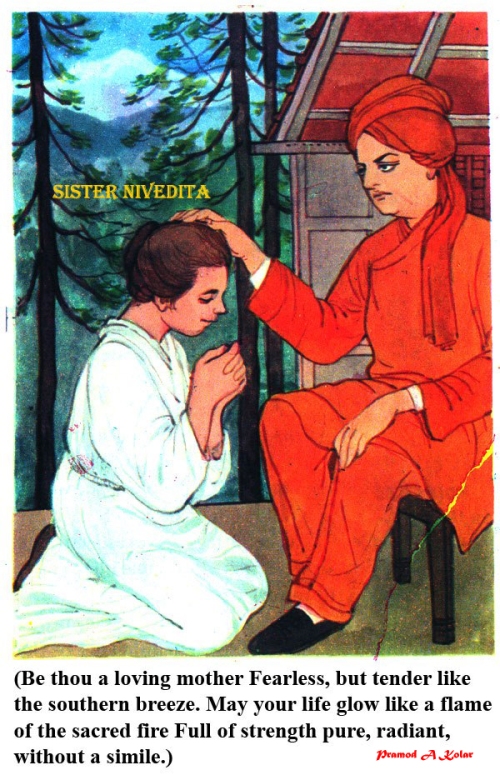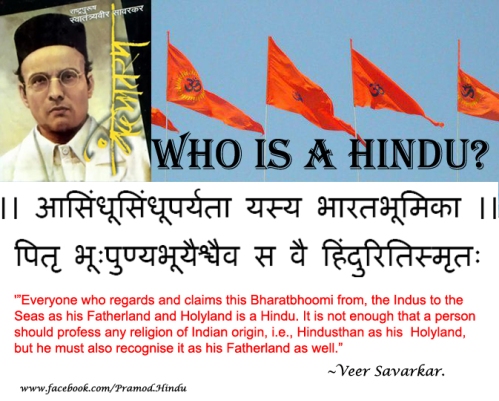
Chennamma (October 23, 1778 – February 21, 1829) , the warrior Queen of Karnataka was the first woman independence activist of Bharat. She stood all alone with a vibrant fiery eye against the British Empire. Rani Chennamma did provoke many women to rise against the British rule. She was Chennamma Queen of the princely state Kittur in Karnataka. Today she is well known as Kittur Rani Chennamma. In the state of Karnataka, she is celebrated along with Abbakka Rani, Keladi Chennamma and Onake Obavva. Let us take a few steps back in history to know more about her.
EARLY LIFE
Rani Chennamma was born in Kakati (a small village in north of Belgaum in Karnataka), in 1778 that is almost 56 years earlier than Rani Lakshmi Bai of Jhansi. From a very young age she received training in horse riding, sword fighting and archery. She was well known for her brave acts across her town.
Rani Chennamma was married to Mallasarja Desai, ruler of Kittur at the age of 15. Her married life seemed to be a sad tale after her husband died in 1816. With this marriage she had only one son, but fate seemed to play a tragic game in her life. Her son breathed his last in 1824, leaving the lonely soul to fight against the British rule. After her son’s death in 1824 she adopted Shivalingappa, and made him heir to the throne. The British East India Company did not accept this and ordered Shivalingappa’s expulsion, using a policy of paramountcy and complete authority (doctrine of lapse officially codified between 1848 and 1856 by Lord Dalhousie), but Chennamma defied the order.
QUEEN CHENNAMMA DURING THE BRITISH RULE
The Doctrine of Lapse was imposed on native states by the British. Under this declaration, native rulers were not allowed to adopt a child if they had no children of their own. Their territory formed part of the British Empire automatically.
The state of Kittur came under the administration of Dharwad collectorate in charge of Mr. Thackeray. Mr. Chaplin was the commissioner of the region. Both did not recognize the new ruler and the regent, and informed that Kittur had to accept the British regime.
WAR AGAINST THE BRITISH
Rani Chennamma and the local Kannadiga people opposed strongly British high handedness.
Rani Chennamma sent a letter to Governor at Bombay to plead the cause of Kittur, but Elphinstone turned down the request and war broke out. The British tried to confiscate the treasure and jewels of Kittur, valued around Fifteen Lakhs of rupees. The British attacked with a force of 200 men and four guns, mainly from the third troop of Madras Native Horse Artillery. In the first round of war, during October 1824, British forces lost heavily and St John Thackeray, Collector and Political agent, was killed by Kittur forces. Amatur Balappa, a lieutenant of Chennamma, was mainly responsible for the killing of the British collector and losses to British forces. Two British officers, Sir Walter Elliot and Mr.Stevenson were also taken as hostages. Rani Chennamma released the hostages with an understanding with Chaplin that the war would be terminated but Chaplin continued the war with more forces.
The humiliation of defeat at the hands of a small ruler was too much for the British to swallow. They brought in bigger armies from Mysore and Sholapur and surrounded Kittur.
During the second assault, Sub-collector of Sholapur, Mr. Munro, nephew of Sir Thomas Munro was killed. The valiant Queen and her soldiers defended their fort, but as is the common trait, traitors sneaked in and mixed mud and dung in the gunpowder in the canons. Rani Chennamma fought fiercely with the aid of her lieutenant, Sangolli Rayanna, but was ultimately captured and imprisoned at Bailhongal Fort(1824 CE), kept in the fort of Bailhongal for life. She spent her days reading holy texts and performing pooja till her death on 21 February 1829 CE.
Sangolli Rayanna continued the guerrilla war up to 1829 until his capture. He wanted to install the adopted boy Shivalingappa as the ruler of Kittur but he was caught due to treachery and hanged. Shivalingappa was arrested by the British.
Rani Chennamma has become a legend. During the freedom movement, her brave resistance to British formed theme of plays, songs, and song stories. Folk songs or lavanis were a legion and freedom struggle got a good boost through singing bards who moved throughout the region.
Kittur Rani Chennamma etched her presence for many centuries in the world of history. Chennamma, born 56 years before the 1857 rebel Rani Laxmi Bai, was the first woman to fight against British governance and the kappa tax. Her legacy and first victory are still commemorated in Kittur, during the Kittur Utsava of every 22–24 October.Along with Onake Obavva, Abbakka Rani and Keladi Chennamma, she is much revered in Karnataka as an icon of bravery.
It is heartening news that a statue of Kittur Chennamma was installed in the Parliamentary Building premises at New Delhi on 11th September 2007. It is the most fitting tribute to a brave queen, who was the earliest ruler in Bharat to fight the British rule.
◦☼◦ॐ◦☼◦ Pramod A Kolar ◦☼◦ॐ◦☼◦



